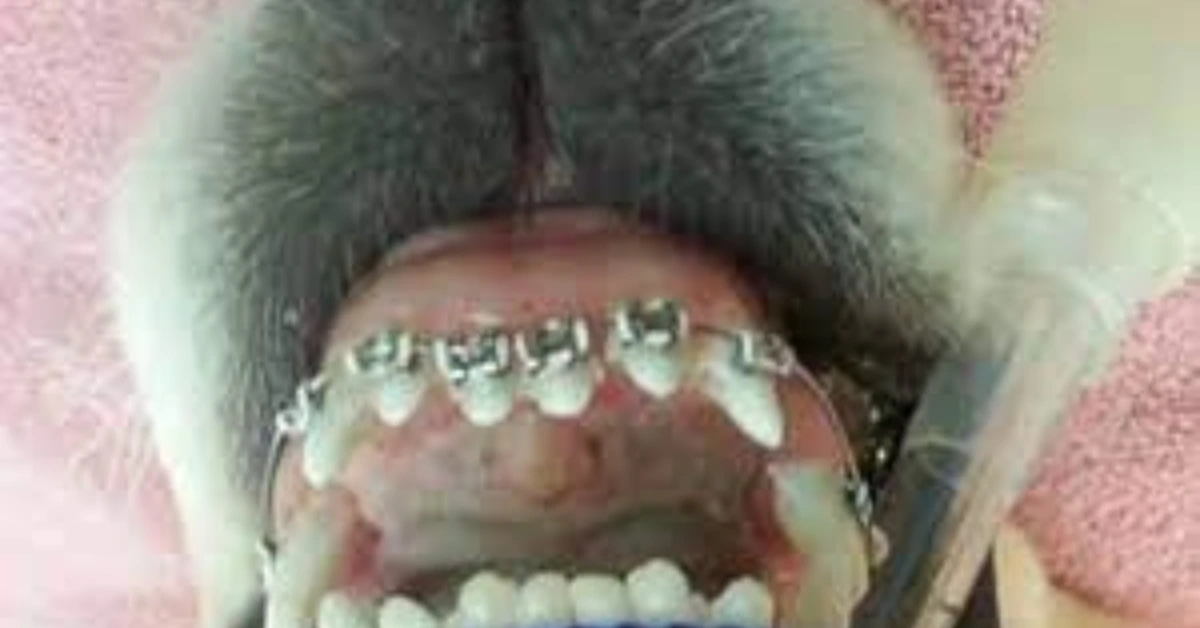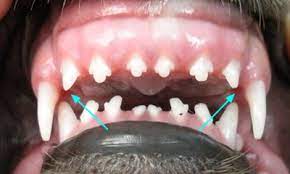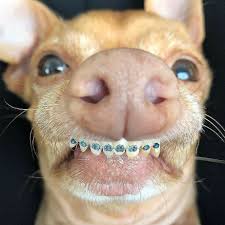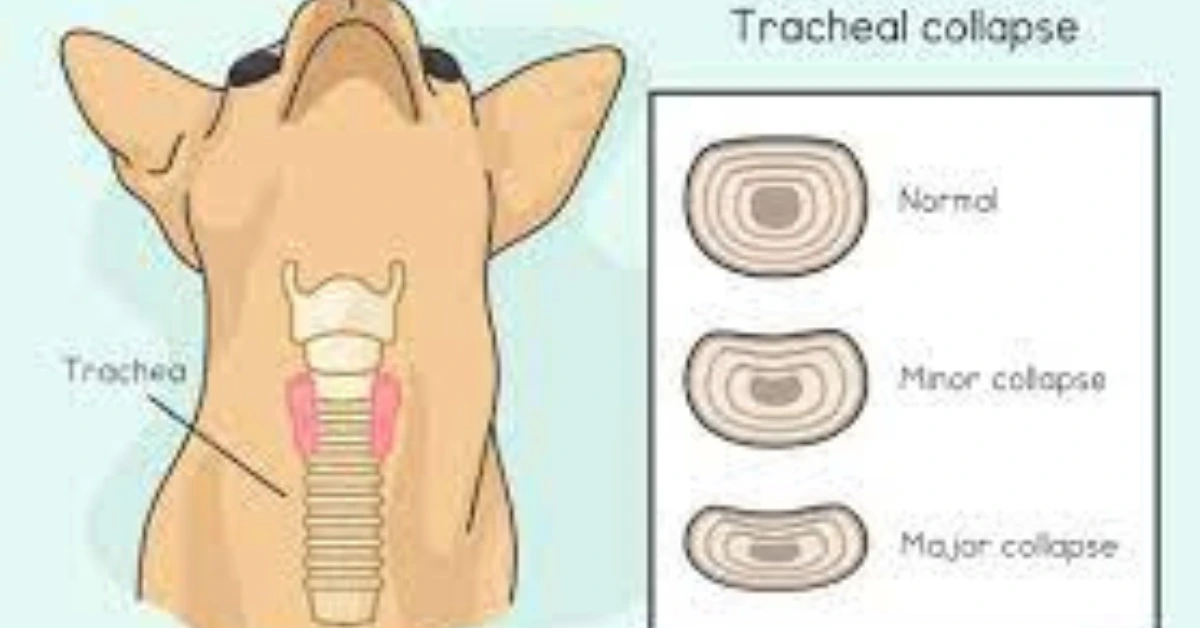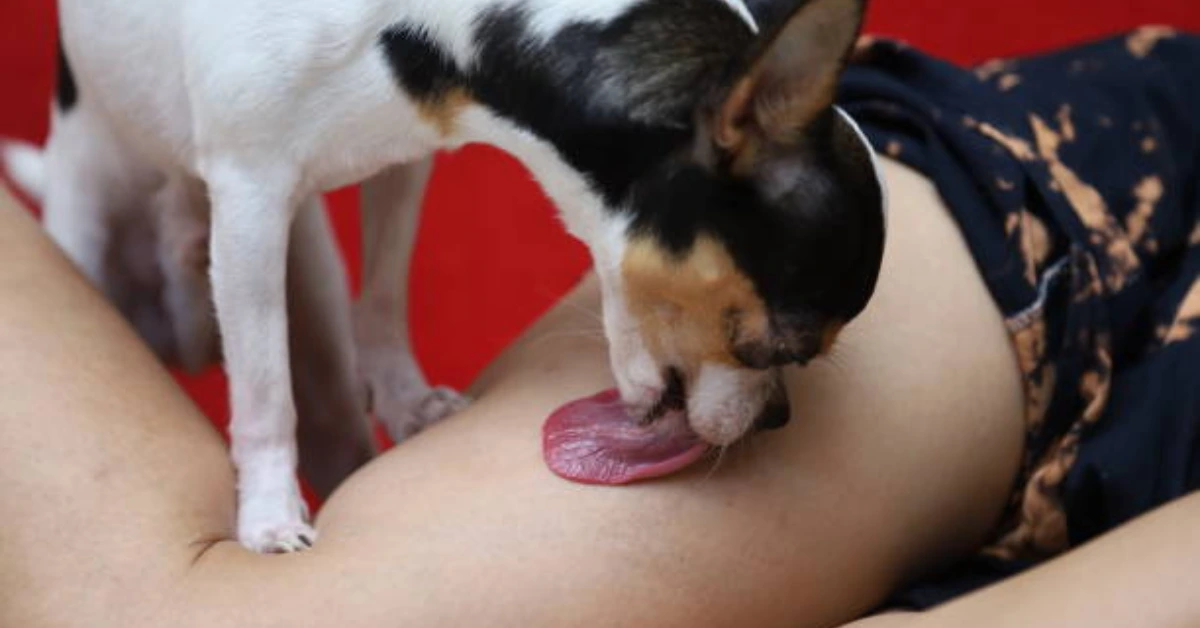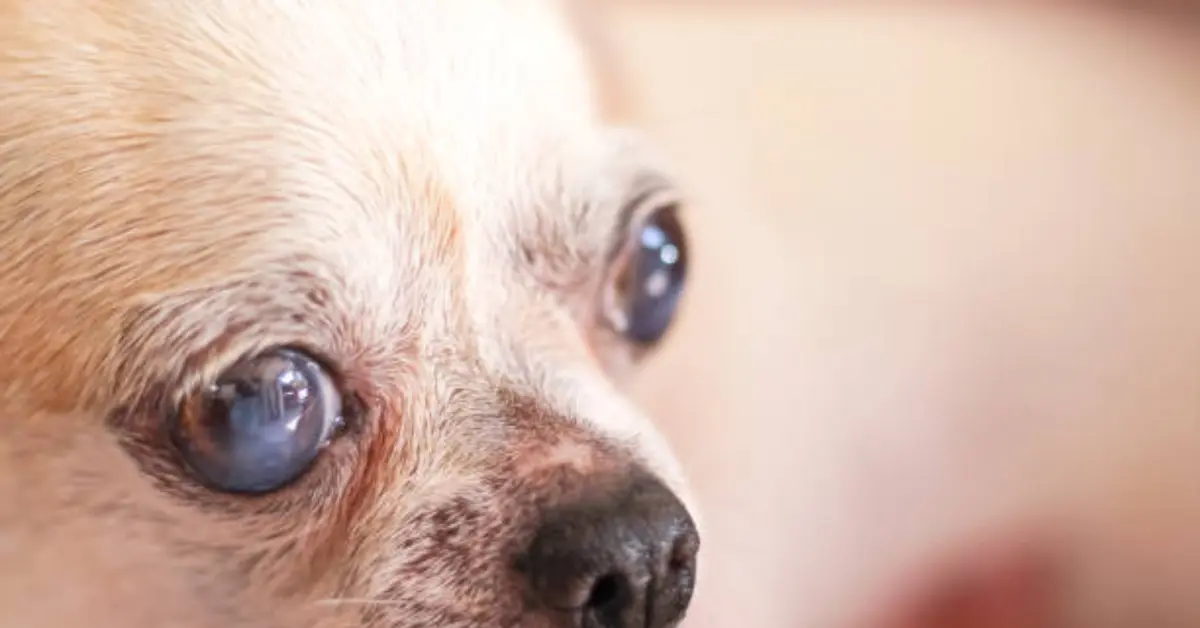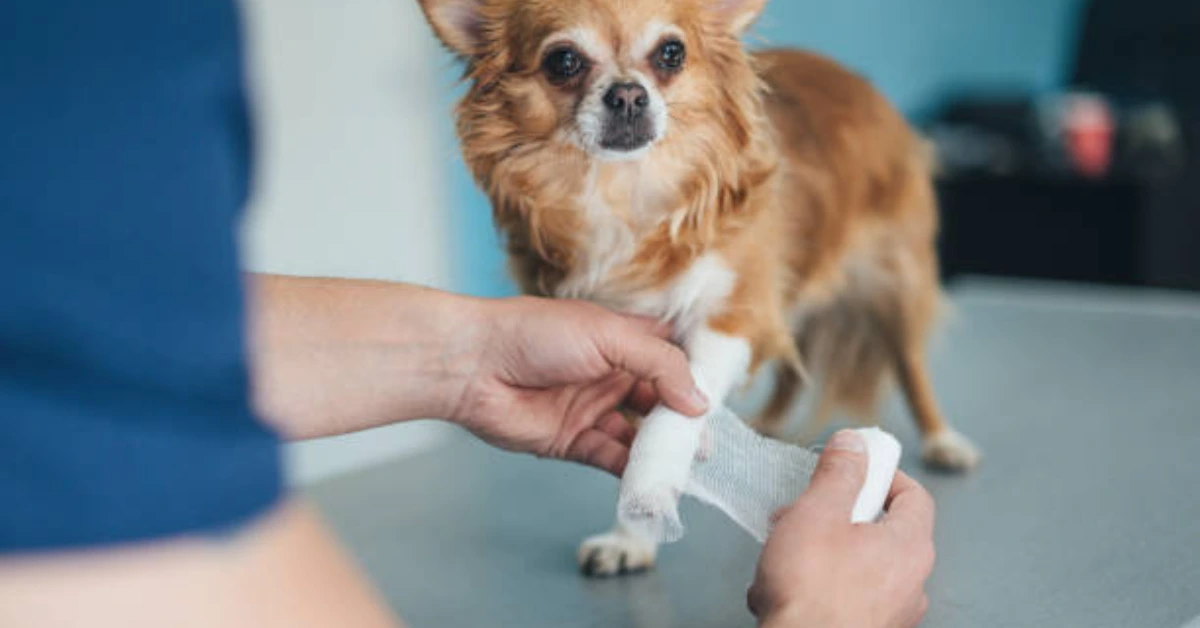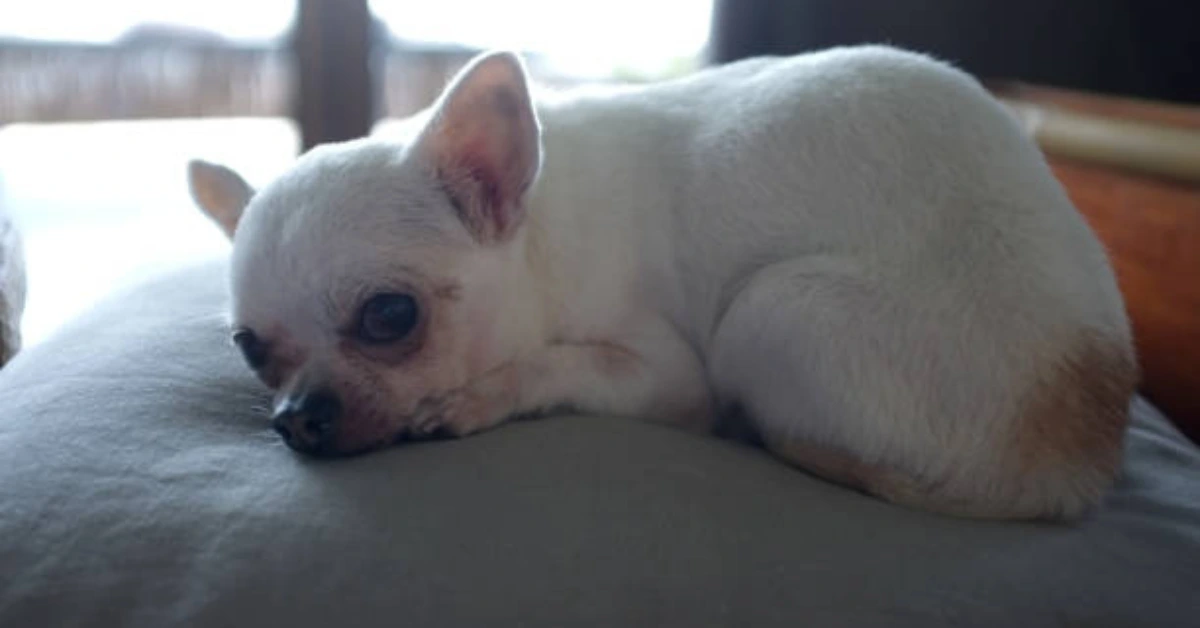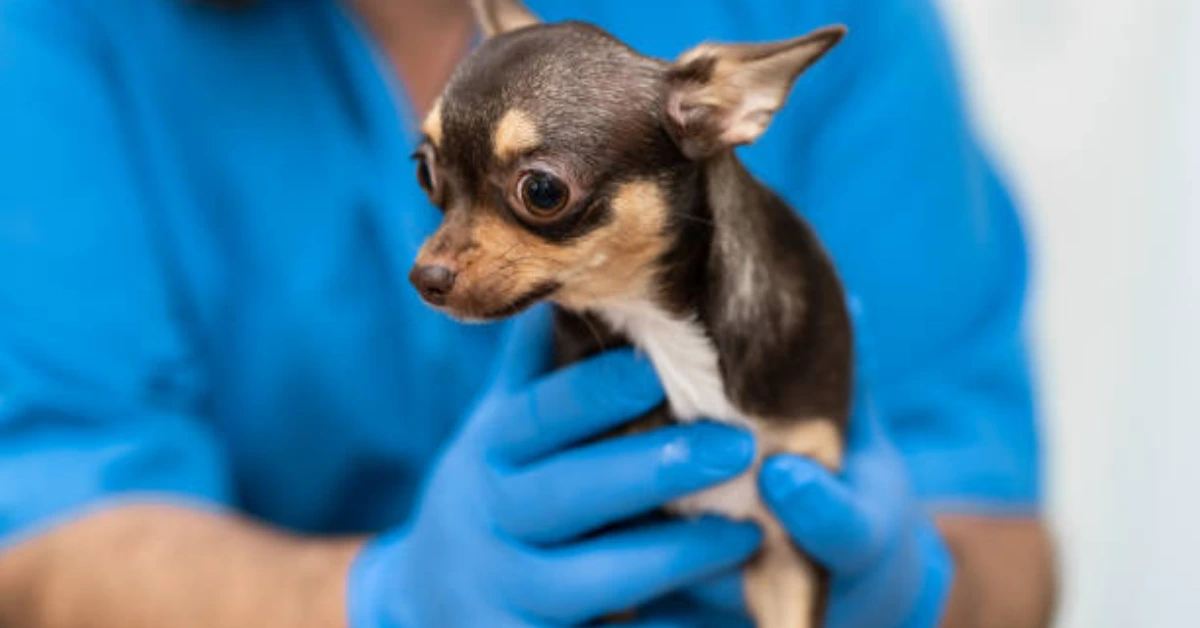You’ve probably thought, “Can dogs get braces?” if you have a dog with crooked teeth or problems with bite alignment. Or perhaps Wesley, a golden retriever puppy who underwent braces to straighten their bite, has piqued your interest in learning more about dog braces.
It turns out that dog braces exist and have been used in orthodontia and veterinary dentistry for well over 30 years to treat dogs with excruciating or potentially fatal tooth issues. While people typically use braces to address esthetic difficulties, the purpose of doggy orthodontia is to assist dogs in chewing and eating normally.
Can Dogs Get Braces?
Dog braces can treat various dental issues, such as overcrowding, misplaced teeth, and lance teeth—upper canine teeth that point abnormally upward rather than downward. Dog braces have also been used to treat the following conditions:
Advertisement
When one or both of the lower jaw’s canine teeth erupt internally, it is known as Linguoversion. Canines with long, narrow noses like collie breeds are more likely to experience linguistic disorders. Linguoversion is uncomfortable and impairs the mouth’s ability to shut. In extreme situations, the disorder may result in the canine teeth’s misalignment poking holes in the roof of the mouth. Linguoversion necessitates braces or extraction of the malformed canine teeth.
When the lower jaw is shorter than the upper jaw, overbites happen.
Remaining Baby Teeth: Dental crowding, biting problems, and periodontal disease can result from a dog’s baby teeth not falling out.
Surgery Aftercare: Braces help prevent teeth from drifting out of position in cases where cancer treatment necessitates the surgical removal of a portion of the jaw.
How Will I Know Whether My Dog Requires Braces?
It’s important to see your veterinarian if your dog is losing food, acting bashful, has an overbite, or if you see any changes to their teeth. The best person to advise you on whether your dog needs braces or if there is another dental issue is your veterinarian. They can identify any problems for you after performing a thorough dental and physical examination.
The majority of dogs diagnosed with orthodontic conditions do so when they are young, typically between the ages of 4 and 6 months when their adult teeth erupt. Like a human dentist, your veterinarian may recommend a canine orthodontia specialist to you if they find an issue. If your dog’s veterinarian detects a problem in his mouth, it’s a good idea to at least schedule a consultation with a veterinary dentist to ask questions and learn more about available treatment choices, even if you’re not sure about dog braces.
What Other Things Must I Take Into Account?
When considering having your dog fitted for braces. Keep in mind that there are a few more things to consider in addition to the specific dental disease that your dog may have.
Cost
Dog braces often cost between $2,000 and $5,000. The price, however, varies depending on many variables, such as your dog’s size, oral health, and the length of time they must wear braces.
Health
If your dog is healthy enough to undergo general anesthesia—which is required to install dog braces—that is a crucial consideration. If required, veterinary dentists can do dental cleanings and X-rays on an unconscious dog. Several rounds of anesthetic may be necessary, depending on your dog’s condition and how quickly their teeth move. Fortunately, the process isn’t nearly as drawn out or complicated as it is for people. Most dogs wear braces for a few weeks to a few months, whereas braces are typically worn by people for a few years.
How do I take care of a dog that has braces?
It’s not hard to take care of a dog with braces. But you do need to brush and check your dog’s teeth every day. That’s good news, though, because you should be doing that anyway! If your dog has braces, you should brush its teeth, use a mouth antiseptic, and check the braces every day. Your dog may also need to eat soft food while they have braces, and they shouldn’t be able to chew on bones or toys to keep the braces from coming off.
When your vet takes off the braces, your dog won’t need a retainer to keep their teeth in place. They can go back to enjoying food and chew toys as usual.
Exist Any Other Options?
The answer to the question “Can dogs get braces?” is certainly “yes,”. But the answer to the question “Does your dog need braces?” may still be”no.” Even so, it’s always worthwhile to discuss your dog’s alternatives with a veterinarian or board-certified veterinary dentist. These alternatives can include:
- Hale Veterinary Clinic describes ball therapy, as a method for treating mild cases of misaligned teeth linked to Linguoversion.
- tooth extraction
- using filing to shorten teeth
Can dogs wear braces? Yes, they can, and braces are typically a cheap and simple solution to your dog’s dental issue. Consult your veterinarian about getting your dog covered by a pet insurance policy. This later should include orthodontic treatments if you are worried about the expense.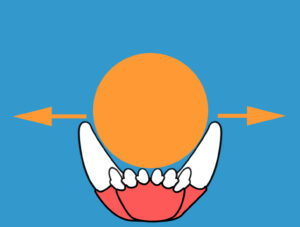
YOU MAY ALSO:
How Many Teeth Do Chihuahuas Have?
How Many Teeth Do Chihuahuas Have?
Advertisement

